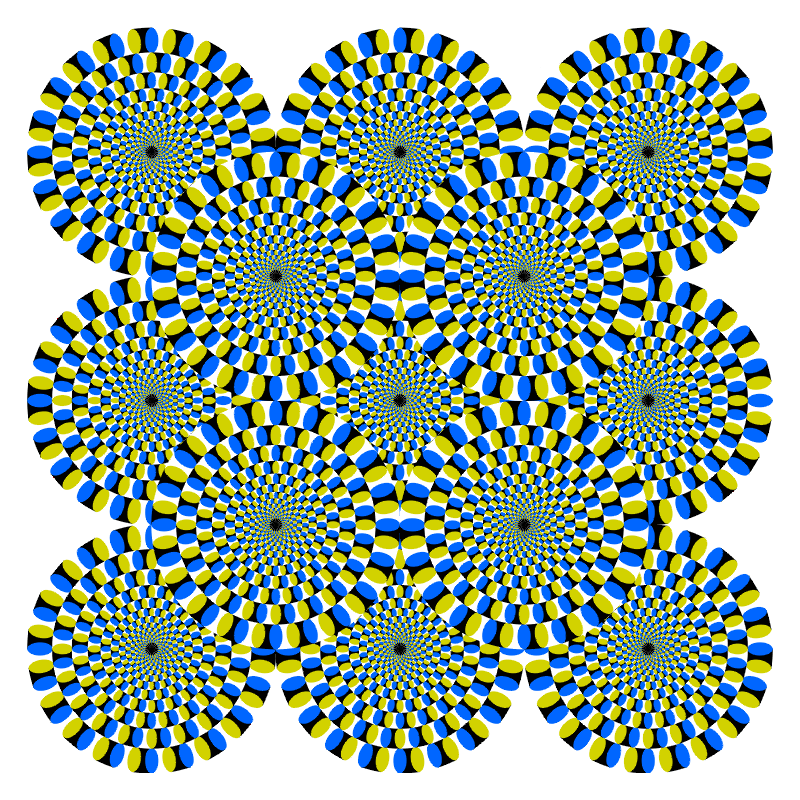Eklabiaan
Chieftain
What I see is that the rivers are drawn with a bit of embankments, or in a shallow valley, if you like. And indeed there is a bit of run up from flats to mountain tiles.
The effect is more likely caused by the perspective of depth. The area / tiles further back are smaller then the ones in front, and the left and right sides of a tile slant towards a vanishing point. So IMO it it all a nice graphical effect.
But I don't believe there is a more detailed elevation model. There is only the seelevel, flats, hill and mountain levels of elevation.
Now it would be very cool if the terrain is more dynamic and had more levels, like below seelevel (think Holland) and high plains (think central Turkey, or Tibet). But I don't see that happening even though terrain of a much bigger factor now.
I do find the terrain graphics very good. This video really gave a good feel of it. Except that the hills are not high enough. The difference with flat land is to small, especially if there is a feature, improvement or building on top of it.
The effect is more likely caused by the perspective of depth. The area / tiles further back are smaller then the ones in front, and the left and right sides of a tile slant towards a vanishing point. So IMO it it all a nice graphical effect.
But I don't believe there is a more detailed elevation model. There is only the seelevel, flats, hill and mountain levels of elevation.
Now it would be very cool if the terrain is more dynamic and had more levels, like below seelevel (think Holland) and high plains (think central Turkey, or Tibet). But I don't see that happening even though terrain of a much bigger factor now.
I do find the terrain graphics very good. This video really gave a good feel of it. Except that the hills are not high enough. The difference with flat land is to small, especially if there is a feature, improvement or building on top of it.







